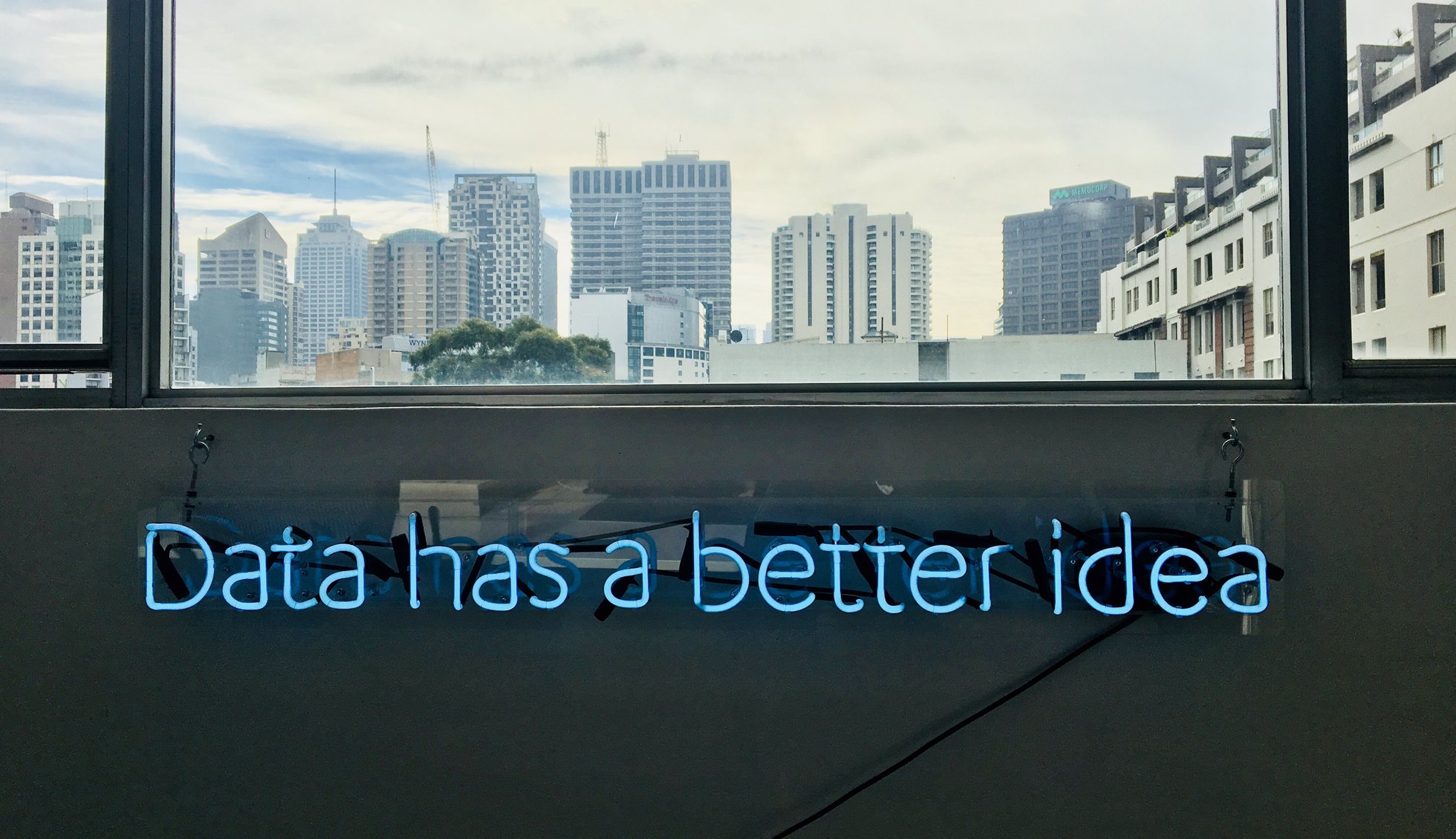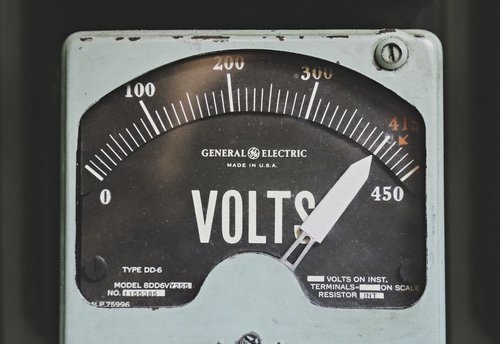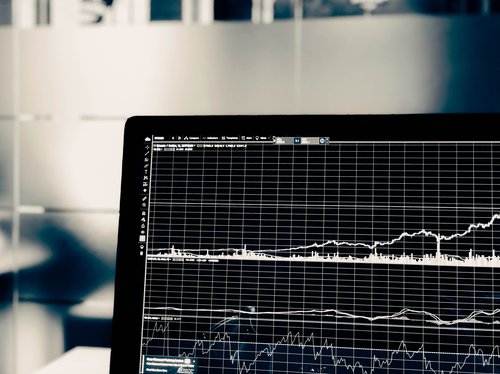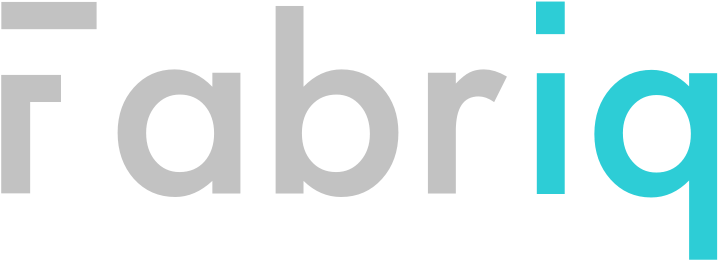
Every experienced energy and sustainability professional who reads this blog, knows of course, that the first step of implementing energy management solutions, is acquisition of the building consumption data. This process, involves cooperation between different industry groups, and can often be long, complicated and costly.
In my last blog, I have shared my thoughts on why it is so important to access the right data when developing your Net Zero Carbon programme.
Lets dive deeper into the challenging process of energy data acquisition, and discuss ways to make it easier, more effective and more cost efficient.

How easily can you access the energy data for your building?
The most significant hurdle to achieving Net Zero Carbon buildings is making consumption data available to the experts in building services, energy management and sustainability. It has been well publicised that the government's smart meter roll out has not gone as planned, but that is only half of the problem. Millions upon millions of meters have been installed across high-consumption commercial buildings, with the capability to provide electricity and natural gas usage data at half-hourly resolution on a daily basis. The problem is that the industry is not currently structured or incentivised to provide useful data to the people who need it most. If the UK is to make any significant steps towards a low carbon future, this simply has to change.
Experienced energy and sustainability professionals encounter this problem on a regular basis; seemingly unable to access high resolution and reliable consumption data that is essential to allow them to do their best work. It is not only small buildings- this problem extends to any size of space, using hundreds of thousands of pounds worth of electricity and gas a year. The technology and infrastructure exists and has done for many years, but there is a gap in communication and collaboration across different industry groups, and this gap must be filled.
Reliable and consistent energy consumption data from the main fiscal meter is the foundation of energy management and sustainability. You can have all the sub-meters, IoT devices and sensors in the world, but if you cannot quantify exact energy consumption, you will always struggle to deliver quality analysis and reporting. Monitoring equipment downstream is important for optimisation but cannot compensate for not understanding a buildings usage as an entire system.
The process of recording and obtaining half-hourly data involves three industry groups;

Meter Operators (MOP)
Your meter operator is responsible for installing and maintaining the meter, and in most cases will ‘lease’ the meter to a business owner. It is very common to find the lease bundled into the supply contract, as a part of your standing charge. Meter operators are also responsible for upgrading the meters to automatic reading capability. Additionally, if your meter is faulty, the Meter Operator is responsible for fixing or replacing the device. MOPs are important here because certain Data Collectors will work with certain MOPs and they can often turn up unannounced to a site and swap out a meter, which cuts the data stream instantly. Yes, that actually happens!
Data Collectors (DC)
Your data collector, is responsible for collecting and storing consumption data from the meter and providing it to the supplier, who then bills the customer. They dial meters on a daily basis using technology very similar to a mobile phone, based on a sim card. This system is not without faults, and often, data collectors will have a supporting system in place, which allows them to connect to the meter during a specified time over the course of a day, to take the reading. Meters can store months of data, so data collectors should be able to go back and retrieve this data where an issue has persisted.
Utility Suppliers
Here is where it gets interesting. Your utility supplier plays a pivotal role in the process of obtaining data and can often be the reason behind the difficulties in accessing the data you need, with the right resolution or frequency. In almost all cases, your utility supplier will be the point of contact for Meter Operators and Data Collectors. When a supply contract is finalised, a supplier will often place or appoint MOP and DC services with their default choice. The important part to remember is that a supplier only requires a single reading to create and provide an accurate invoice; they are simply not interested in or incentivised to store high-resolution data in half-hourly format.
So how do I get hold of my building’s consumption data? You have two options, neither of which is particularly straightforward….

Option one - Request the data from your Utility Supplier
The first port of call should be to request the data from your supplier. It is far from perfect, but is the easiest option by far. Suppliers’ data often has gaps or only covers a certain time frame, but at this stage, take what you can!
If you have recently changed your supplier, you may have to check with previous suppliers to get historical data. The hurdle you will probably face is that suppliers who no longer have your business are less likely to cooperate!
The other drawback might be that the supplier will only have data up until the last day of the previous month, so if requested too late, the most recent data could be from 3 or 4 weeks ago. If you are requesting data on behalf of a customer, it’s worth making sure you have a letter of authority that covers the relevant date period.
As mentioned earlier, there is a very good chance that your supplier is only holding a single reading for each month, at which point you would have hit a dead end!
Option two - Request the data from your Data Collector
Whereas most users will be aware of their utility supplier, it’s not very often you find a business owner aware of who provides them with data collection services (as it’s all been arranged through the supplier). Solution - request this information from the supplier, as they will have access to the central industry database, and should be able to provide this information for all of your meter points.
Finding out who your data collectors are, is like buying a lottery ticket- it really can be a gamble as to whether you will actually be able to get hold of your data, and there are two key factors to consider.
To start with, determine whether this particular data collector has any appetite to share the data with third parties in the first place. In the situation where they don’t, you usually find these are a large supplier’s default choice, and are only interested in providing data to a supplier with low expectations of data quality in exchange for a nice kickback. If this is the case, unfortunately, we are at another dead end.
Secondly, every data collector has a different way of charging for data collection services. Some will provide data with no issues to several third parties, suppliers, the customer, energy brokers and facilities teams, as long as the initial payment was made. Others will charge for every new data source connection, so it’s a case of weighing up how valuable that data is to each third party organisation.

There must be a better way to do this? Actually, there is, but it requires customers to be proactive and bypass the supplier altogether.
Data collectors who understand why the provision of the data is important, are the best people to talk to, who can secure you long term and reliable data at half-hourly resolution.
It is mandatory to have a data collector appointed with a supply contract; however, the problem is that suppliers often re-appoint the DC to one of their choice, without notifying the customer. In the blink of an eye, your steady stream of data can come to a halt and you lose a month’s worth of data, while trying to figure out who was appointed instead.
There is a solution to that problem….
The way to secure your data, is by contracting directly with your preferred data collector on a long-term basis- usually three or five years.
This means if a supplier attempts to appoint a new data collector, your chosen vendor will have grounds to challenge it and stop the change from going ahead. Not only your data hurdle will be solved, but in most cases, you will save money too. Direct contract with a Data Collector will always be cheaper, as you cut out the supplier as the intermediary so you then avoid the uplift they inevitably applied. This is far from a streamlined process, but if you appreciate the importance of consumption data, it is a necessary step to take.
At Fabriq, we understand the pain associated with tracking down consumption data and dealing directly with Meter Operators, Data Collectors and Suppliers (we’ve been there ourselves!). That is why we embedded data acquisition into our on-boarding process, and developed solid relationships with key players in the industry, to improve the chances of success for our customers. Our mission is to change the way the industry deals with the collection and sharing of data, and to drive much higher standards across the board. We believe that is the only way the UK has any chance of meeting its ambitious Net Zero objective by 2050.
If you would like to make a comment, or discuss your energy data management, let's grab a coffee and begin the conversation.

